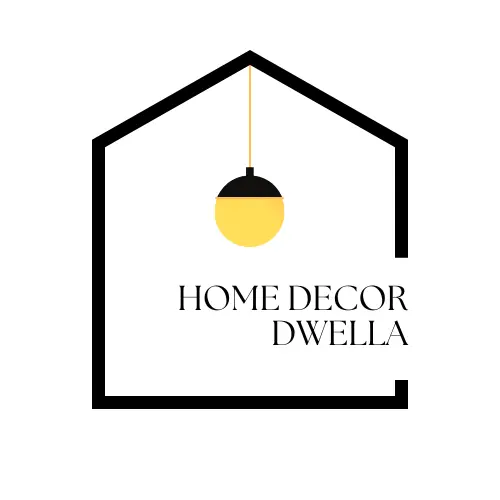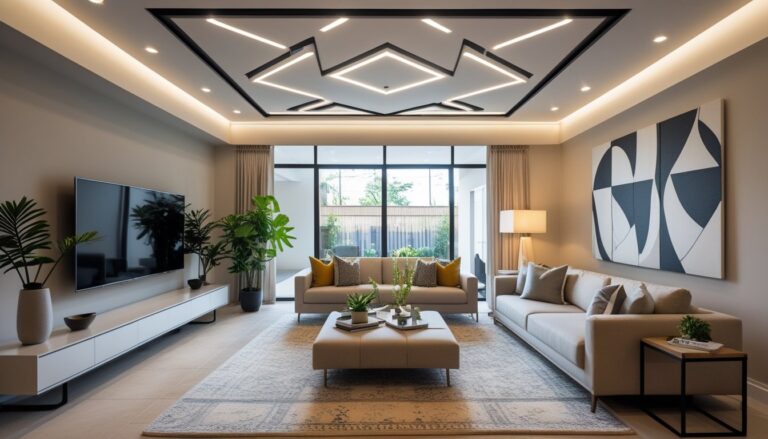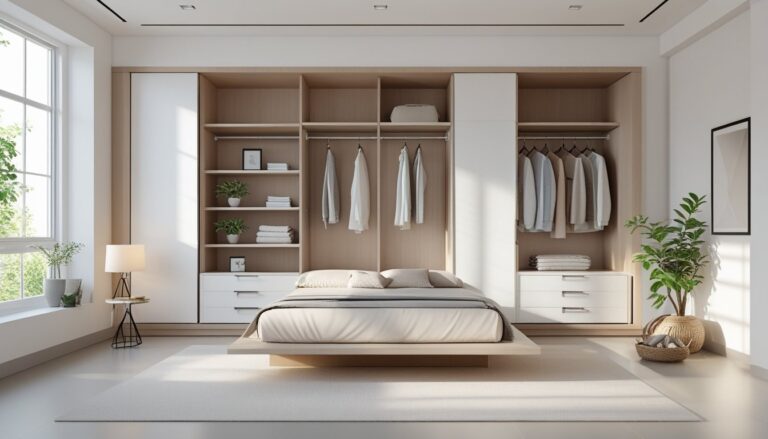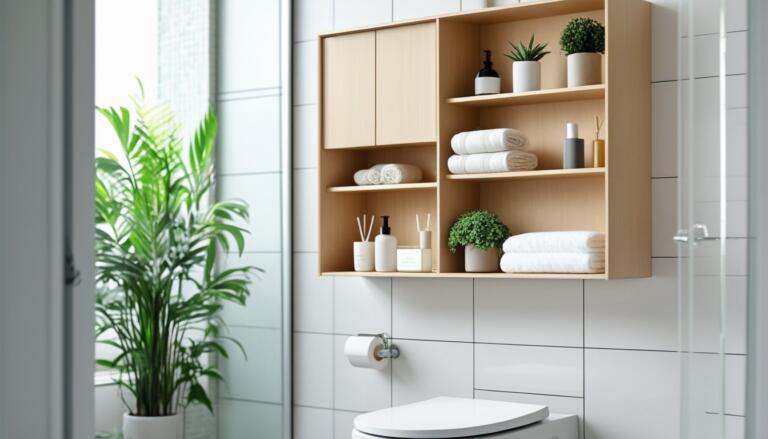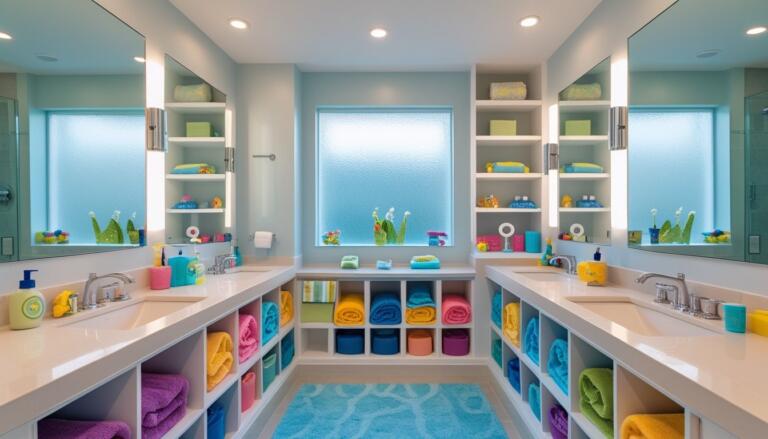7 Living Room Inspiration Ideas to Transform Your Space Effortlessly
Living rooms play an important role in homes as places for relaxation and socializing. Many people want ideas that combine comfort with style to make their living spaces inviting and functional.
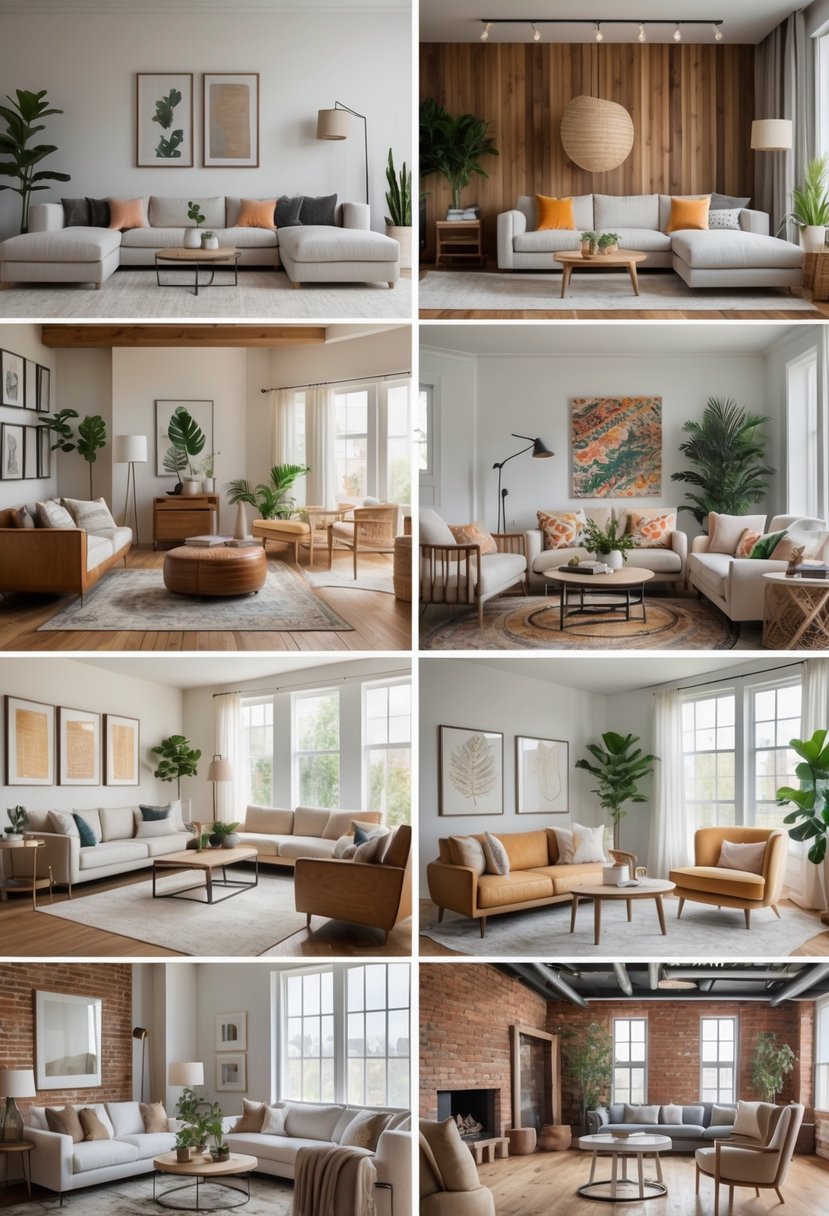
This article shares seven living room inspirations that provide practical ways to improve both the look and feel of the space. These ideas can help guide anyone looking to refresh their living area without overwhelming choices or complicated designs.
1) Incorporate multifunctional furniture for space efficiency

Multifunctional furniture helps save space by combining two or more uses in one piece. For example, a sofa with hidden storage or a coffee table that doubles as a desk adds practicality without clutter.
This type of furniture fits well in small or busy rooms, making the area feel more open and organized. It supports a clean, efficient living room design.
2) Use warm neutral tones with blue accents
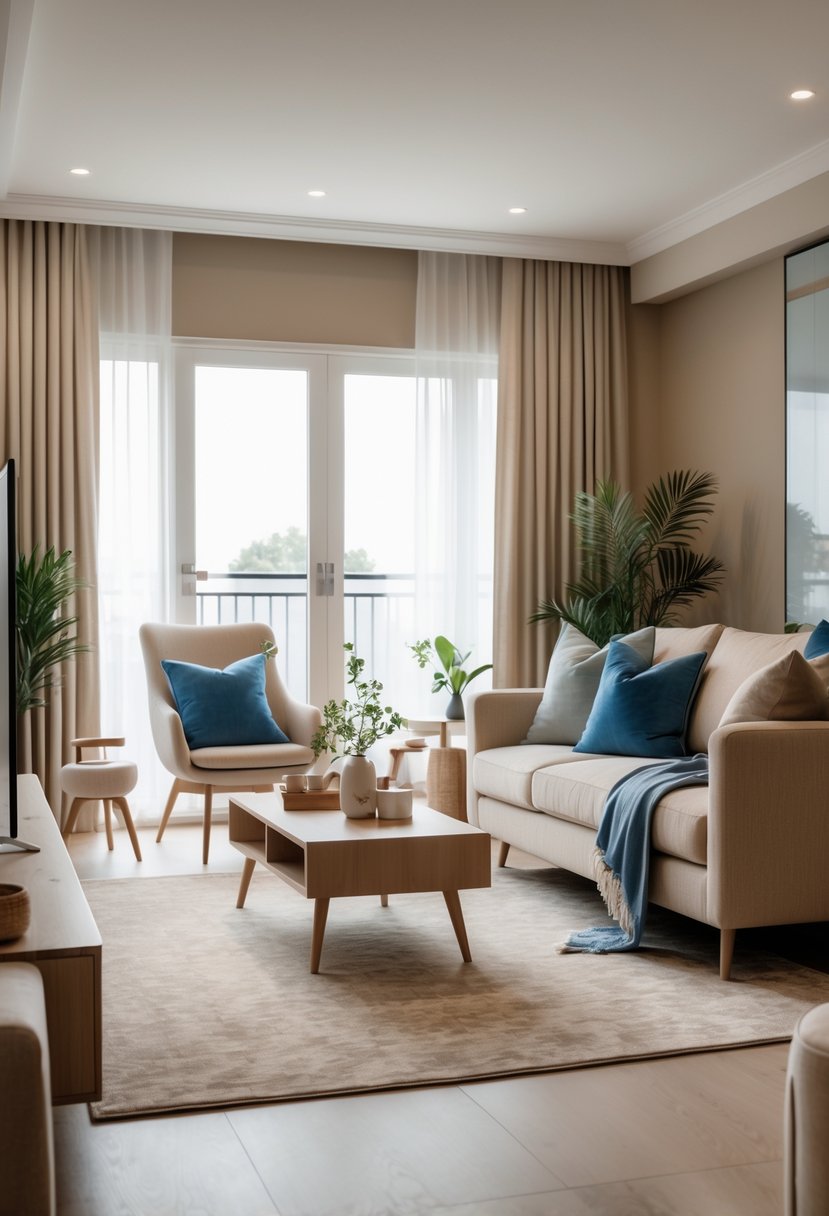
Warm neutral tones create a soft and inviting base in the living room. Blue accents add contrast without overpowering the space.
Using brass or gold details with blue brings subtle richness. This mix balances calm and warmth for a comfortable feel.
3) Add textured rugs to define seating areas

Textured rugs help mark seating zones clearly. They add depth and warmth to the living room.
Materials like wool or jute work well to bring subtle texture without overwhelming the space. This makes the seating area feel inviting and organized.
4) Install layered lighting: ambient, task, and accent
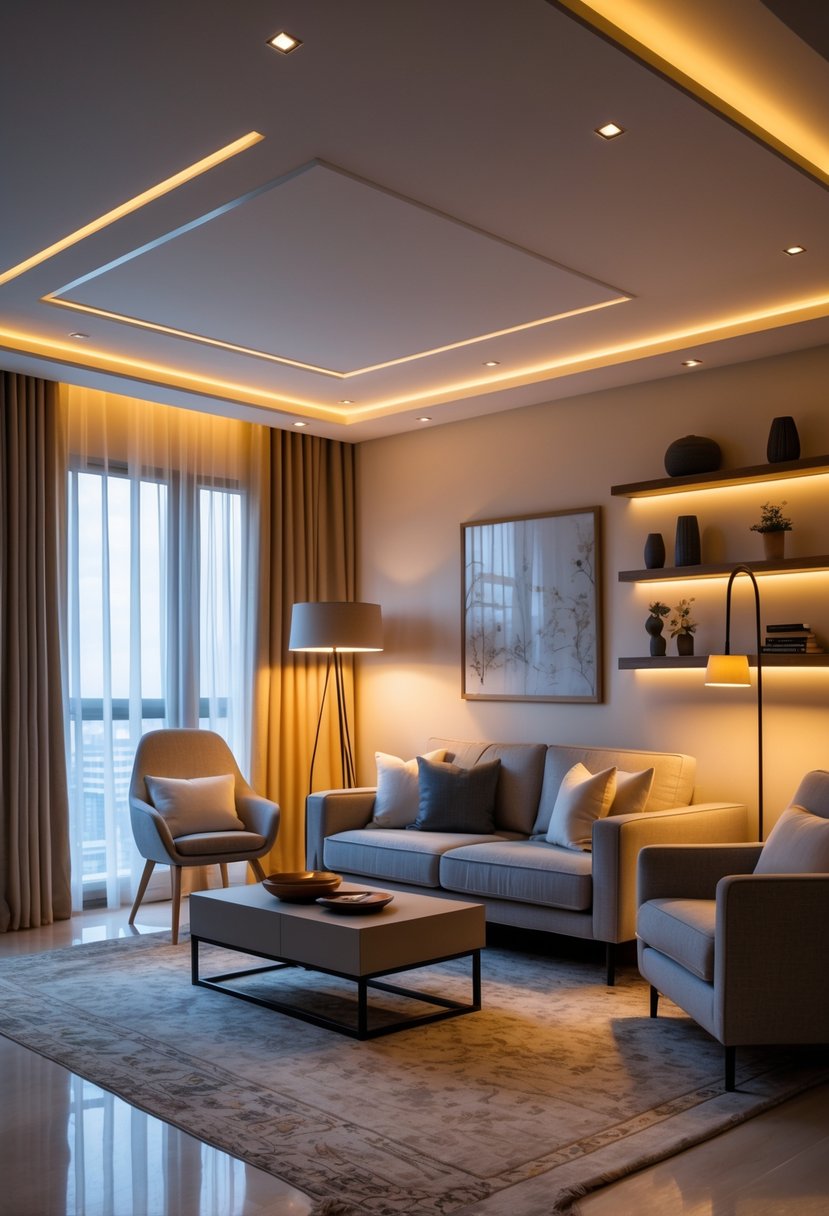
Layered lighting uses three types: ambient, task, and accent. Ambient lighting provides overall light in the room. Task lighting focuses on specific activities, like reading. Accent lighting highlights decor or artwork. Combining these helps improve both function and style in the living room.
5) Opt for built-in storage to reduce clutter
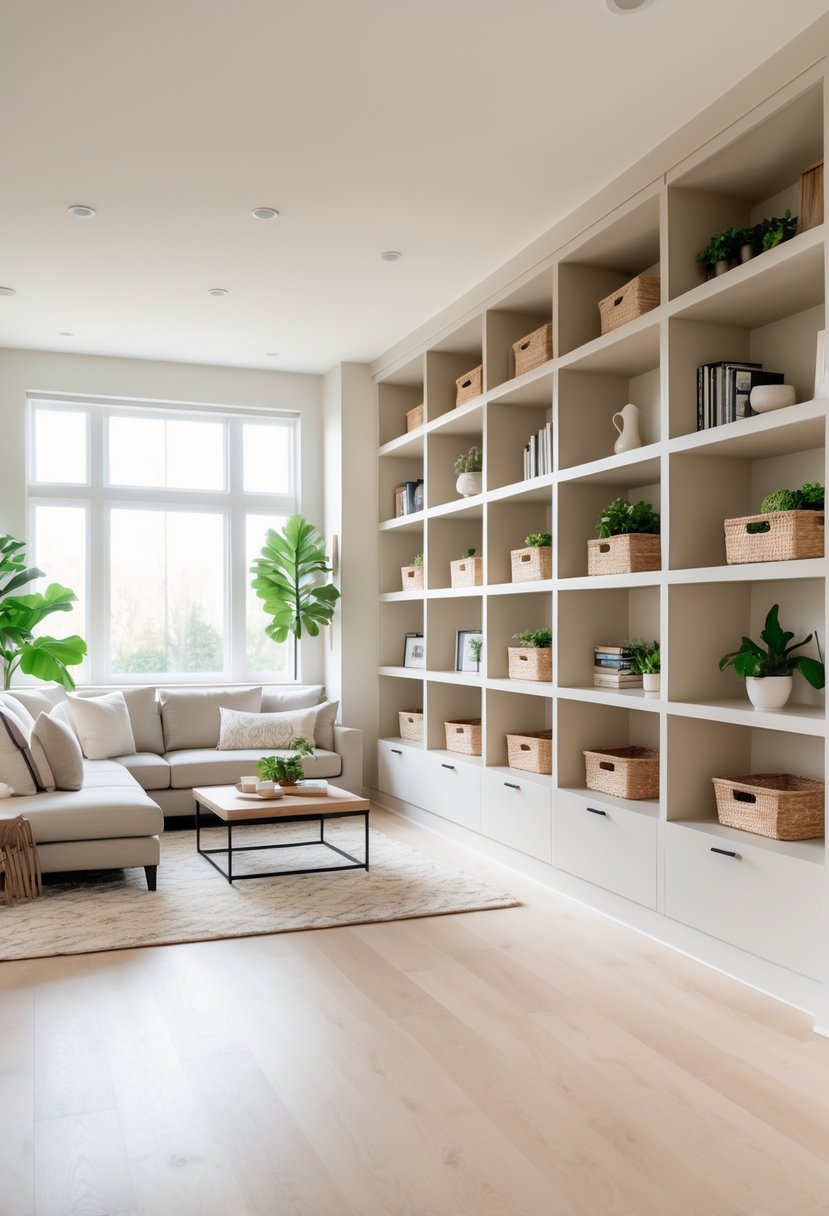
Built-in storage helps keep the living room organized by using space efficiently. It can include shelves, cabinets, or hidden compartments that fit the room perfectly. This type of storage keeps items out of sight while maintaining a clean, tidy look.
6) Select wall art that complements the color scheme
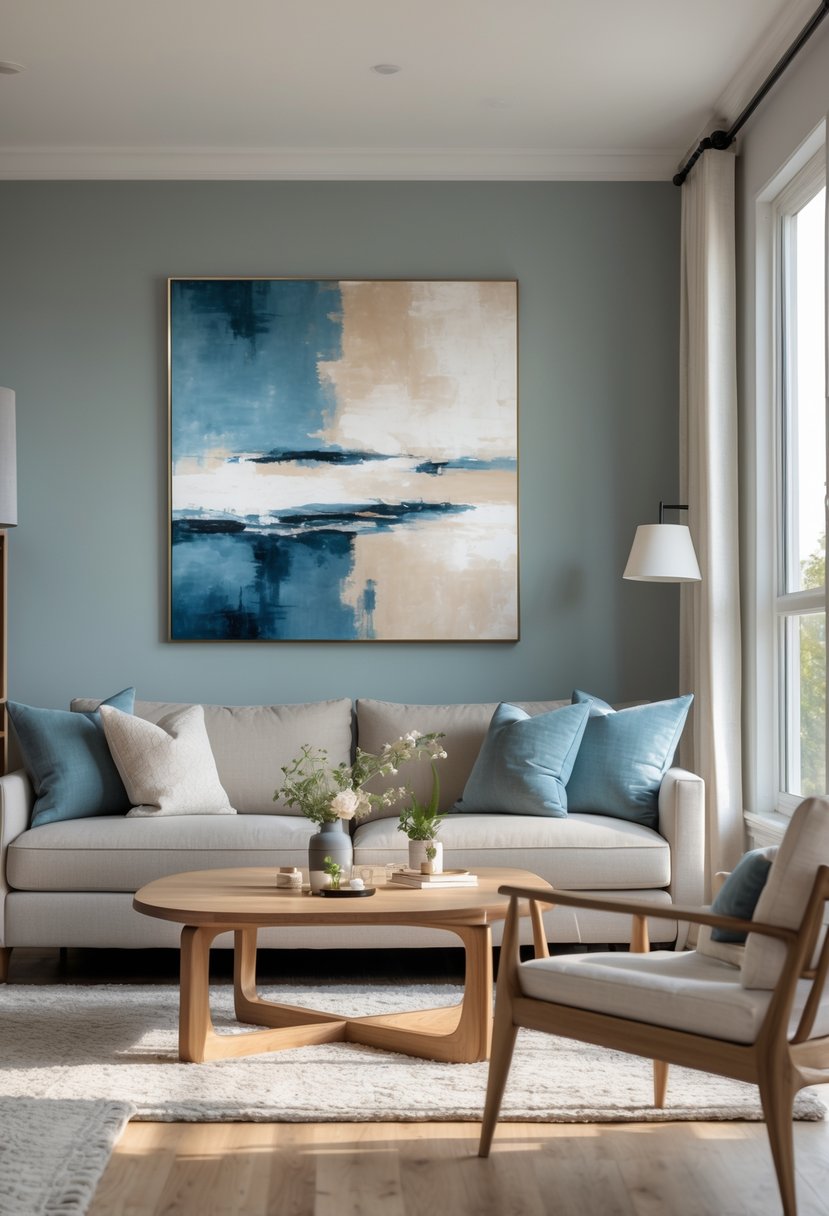
He should first look at the room’s main colors. Choosing art with similar or matching tones helps create balance.
Accent colors in the art can add interest without clashing. The goal is harmony between the walls, furniture, and artwork.
7) Create a cozy reading nook with a comfortable chair
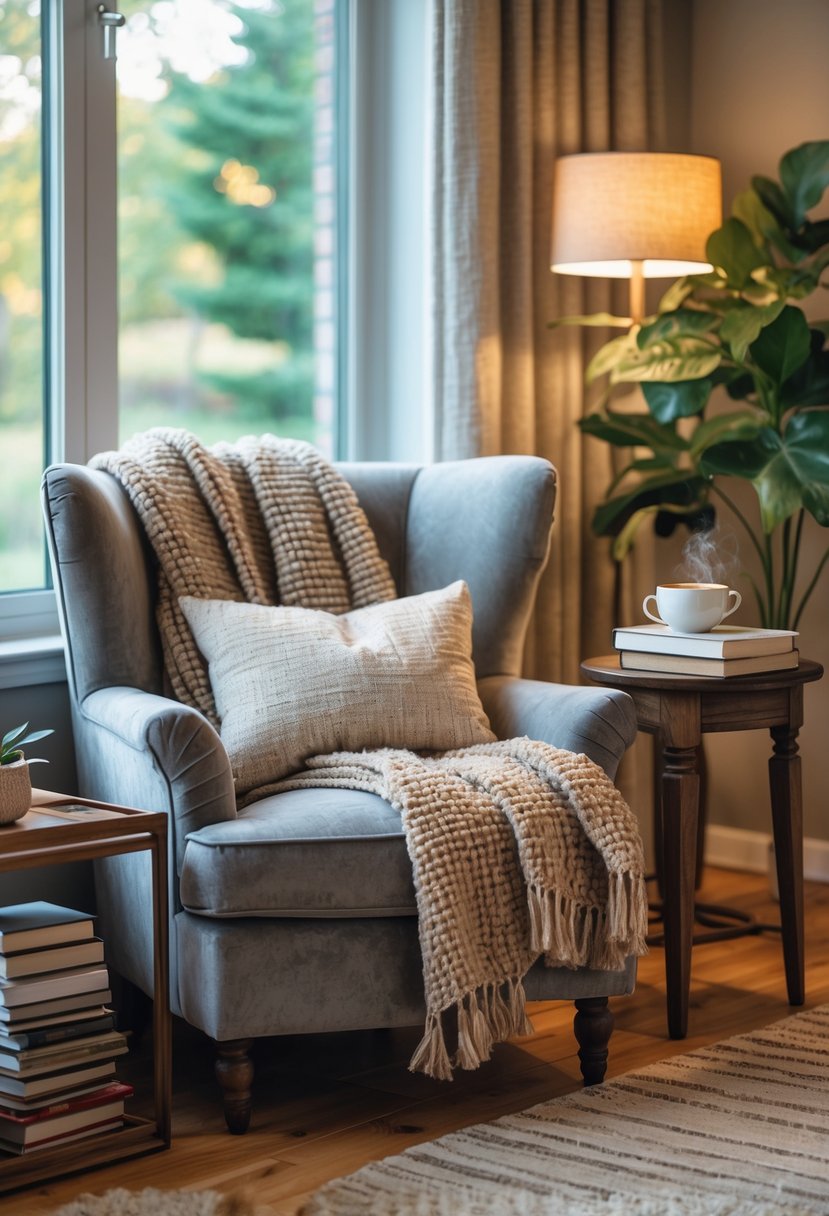
A soft, supportive chair is key for a reading nook. It offers comfort and encourages relaxation. Adding a small side table helps keep books and drinks nearby. A lamp with warm light makes reading easier at any time.
Foundational Principles of Modern Living Room Design
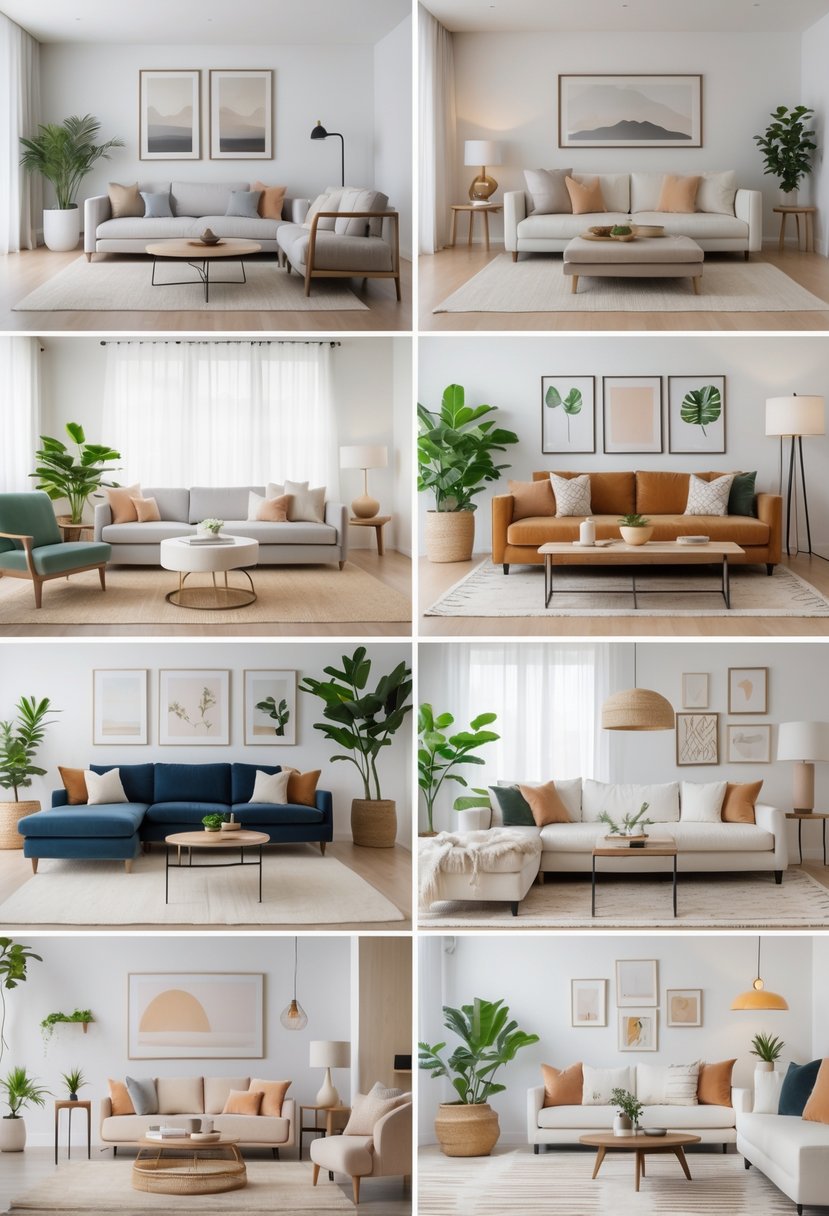
Creating a modern living room requires attention to both how the space looks and how it works. Key aspects include arranging furniture for comfort, choosing colors that set the mood, and adding lighting that enhances the atmosphere.
Balancing Function and Aesthetics
A modern living room must serve daily needs while looking appealing. Furniture should be comfortable but also fit the room’s style. For example, a sleek sofa with enough seating ensures usability without crowding the space.
Planning the layout helps balance the room’s flow. Open spaces let people move easily. Negative space—the empty areas around furniture—is just as important as the furniture itself for a clear, uncluttered feel.
Practical details, like storage solutions that blend with decor, also support function. This balance allows the living room to be both a relaxing spot and a well-organized area.
Defining Your Color Palette
Colors set the room’s mood and style. A modern living room often uses neutral bases such as white, gray, or beige to create a clean look. Adding one or two bold colors in accents, like pillows or rugs, adds energy without overwhelming the space.
It is important to choose colors that work well together. A simple palette avoids visual chaos. Using different tones of the same color can keep the design interesting while maintaining harmony.
Light colors can make a room feel larger, while darker shades add coziness. The choice depends on the room’s size and the mood desired.
Incorporating Lighting Solutions
Lighting shapes how a living room feels at different times of the day. Layered lighting—combining ambient, task, and accent lights—gives control over atmosphere and functionality.
Ambient lighting fills the room with general light. Ceiling fixtures or recessed lights work well here. Task lighting, like reading lamps by seating areas, helps with specific activities.
Accent lighting highlights artwork or design features, adding depth to the room. Using dimmers allows adjusting light levels based on need and mood.
Natural light is also essential in modern design. Large windows or light curtains help bring daylight inside, supporting energy savings and creating a warm, inviting feel.
Adapting Trends to Your Space
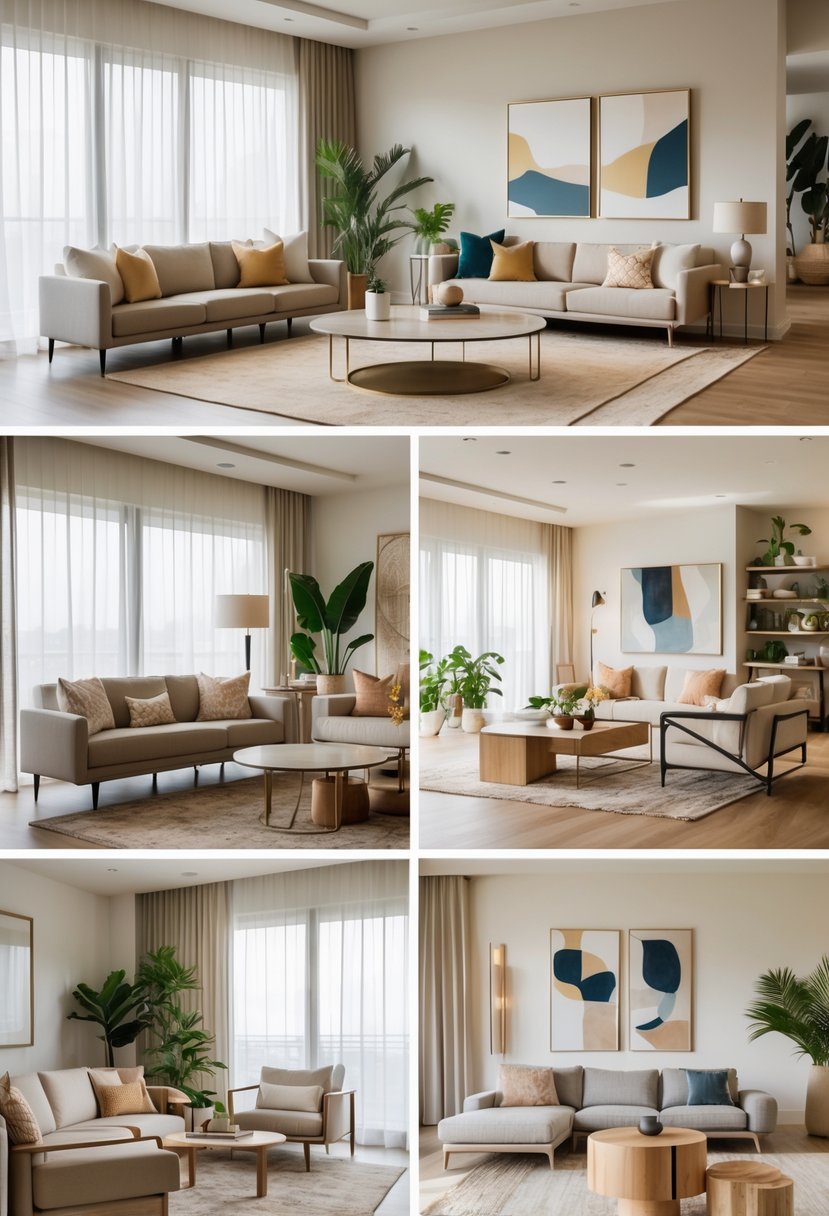
Choosing the right elements helps create a living room that fits both trend and function. Paying attention to textures, materials, and personalization can make a space feel cohesive and inviting.
Mixing Textures and Materials
Combining different textures adds depth and interest to the living room. Soft fabrics like velvet or chenille work well with hard surfaces such as wood or metal. This contrast creates balance and keeps the space from feeling flat.
Using natural materials like rattan or stone adds warmth and connects the room to nature. Rugs, cushions, and throws in various textures can be layered to enhance comfort. It’s important to maintain a consistent color palette to ensure the mix feels intentional, not cluttered.
Furniture with clean lines in wood or metal can be paired with plush textiles. This combination supports both style and durability. Mixing textures also lets a room adapt to different seasons without a full redesign.
Personalizing With Art and Accessories
Art and accessories give a living room personality and make it unique to its owner. Bold or large-scale artwork can serve as a focal point. This draws eyes and adds color or pattern without overwhelming the whole space.
Small accessories should reflect individual tastes, such as sculptures, vases, or books. Grouping these in odd numbers helps with visual balance. Items that have sentimental value or cultural significance deepen the room’s meaning.
Using interchangeable accessories like cushions or throws allows easy updates when trends change. Functionality matters, too; for example, decorative baskets can also provide storage. Personal touches help keep a space feeling lived-in and welcoming.
Frequently Asked Questions
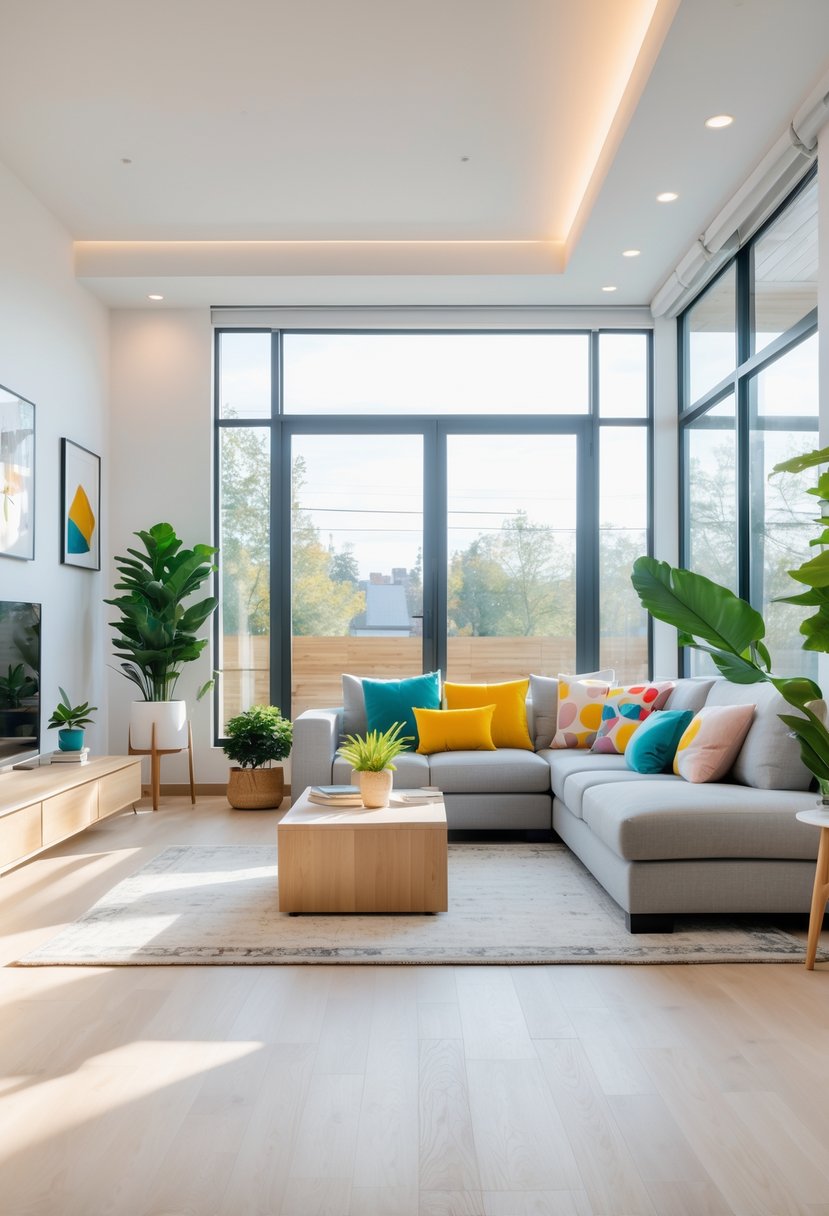
Living room design can be improved with practical ideas that focus on style and function. Using textures, smart lighting, and efficient furniture helps create inviting and organized spaces.
What are some budget-friendly ways to decorate my living room walls?
Affordable wall decor options include framed prints, DIY artwork, or removable wallpapers. Using paint to create an accent wall with warm neutral tones and blue accents can add interest without costing much.
Mirrors are another low-cost way to make the room feel larger and brighter. Hanging shelves can also provide space for small plants or decor while keeping walls tidy.
Where can I find inspiration for living room furniture layouts?
Design websites and online platforms like Pinterest offer many layout ideas. They often show how to arrange multifunctional furniture to save space, such as sofas with storage or movable pieces.
Magazines and home design apps can also help visualize seating arrangements. Looking at spaces with layered lighting and textured rugs shows how to define seating areas clearly.
What are simple and effective living room decoration tips?
Using built-in storage helps reduce clutter and maintain clean lines. Layered lighting — combining ambient, task, and accent lights — creates a balanced atmosphere.
Incorporating textured rugs both adds comfort and helps separate the seating zone from the rest of the room. Keeping colors mostly warm neutrals with subtle blue touches brings calm without overwhelming the space.
